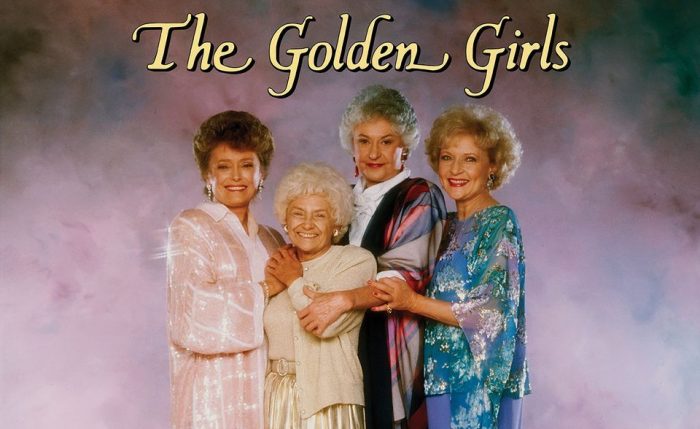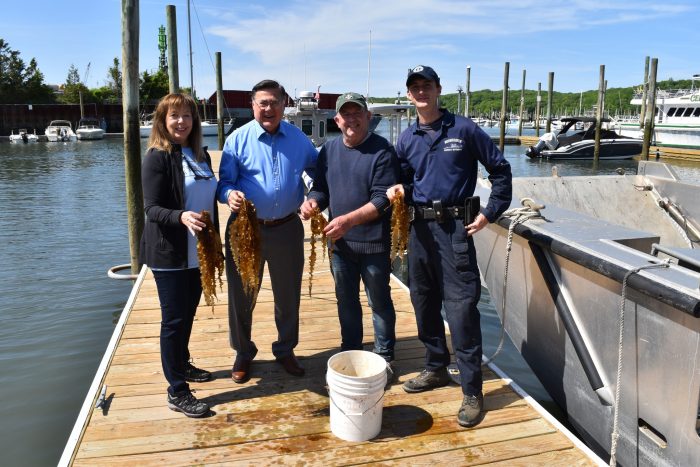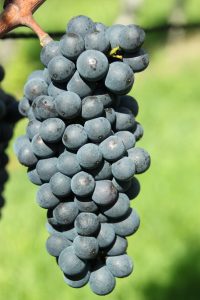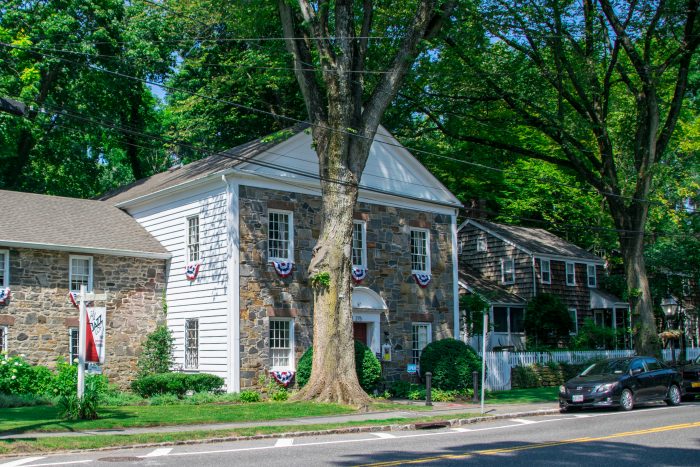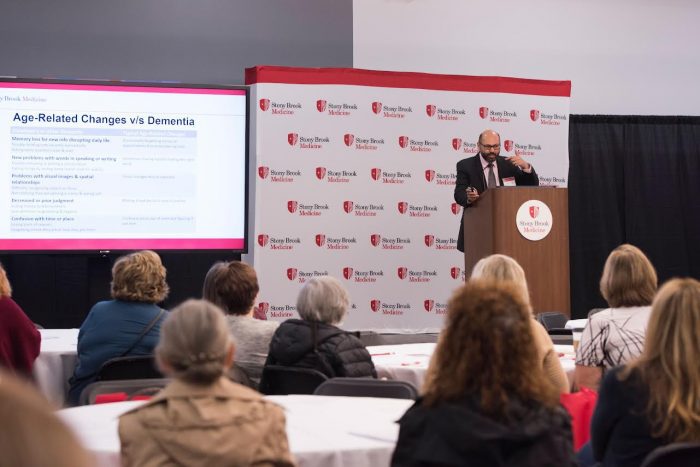Composer, arranger Hong blends classical, modern jazz big band and Traditional Korean music
The Jazz Loft, 275 Christian Avenue in Stony Brook, will be welcoming the Hyeseon Hong Jazz Orchestra on June 17 for one performance only at 7 p.m. Tickets can be purchased at https://www.thejazzloft.org. The concert is part of the Olivia & Harlan Fischer Concert Series.
Hyeseon Hong (hay-son · hong) is a Korean jazz composer and arranger who has been working
in both New York City and Seoul for many years. In 2017 she released EE-YA-GI (translated “Stories”), on the Summit record label featuring her original compositions and arrangements. Hong’s music creates a dialog between her Korean cultural heritage and the culture of the west.
“We are certainly in for an exceptional jazz experience,” said Jazz Loft founder Tom Manuel. “I’m also pleased that the Jazz Loft can offer this unique opportunity to hear one the leading female jazz band leaders perform original works. I know it will be a memorable musical experience.”
“I am thrilled to have an opportunity to bring my jazz orchestra to the Jazz Loft to premiere some of my new work with some brilliant musicians, Hong said. “Through my music, I will tell the audience stories of women, Korean culture and travel adventures.”
Here is what others have said about the Hyeseon Hong Jazz Orchestra:
“The best from East and West in a combination wholly unique – beautiful, musical, superb
ensemble work”– Grady Harp
“Exhibiting an insatiable appetite for jazz-fusion, Ms. Hong proves to be a talented orchestrator and musical thinker who is not afraid to risk while crossing genre boundaries.”– Jazz Trail
“She successfully mixes elements of classical music, modern big band jazz and traditional
Korean music to create a compelling and rich tapestry of sound.”–UK Vibe
Hong will be performing with her band, featuring The band will feature:saxes: Ben Kono, Alejandro Aviles, Rich Perry, Jeremy Powell, Lauren Sevian, Trumpets: Ben Hankle, David Smith, Colin Brigstocke, Jonathan Saraga, Trombones: Mike Fahie, Daniel Linden, Greg DeAngelis, Becca Patterson, Rhythm Section: Broc Hempel, Matt Panayides, Evan Gregor and Jeff Davis Vocalist: EJ Park.
Hyeseon Hong (hay-son · hong) is a Korean jazz composer and arranger who has been working in both NYC and Seoul for many years. In 2017 she released EE-YA-GI, on the Summit record label featuring her original compositions and arrangements. Her music creates a dialog between her Korean cultural heritage and the culture of the west. This theme is the centerpiece of the Hyeseon Hong Jazz Orchestra, in which Hong blends elements of classical music, modern jazz big band, and Korean traditional music to create a sound that is at once familiar yet original. Her compelling compositions feature beautiful melodies with harmonically-rich, impressionistic backgrounds. Korean art is characterized by harmony with nature. Hong, who spent many years studying art in her native Seoul, approaches each composition with the eye of a painter, using Korean rhythms and memorable melodies to create inviting sonic pictures of the natural world.
The Jazz Loft is located just 90 minutes from New York City and is the only music venue on Long Island that features exclusively jazz music.


